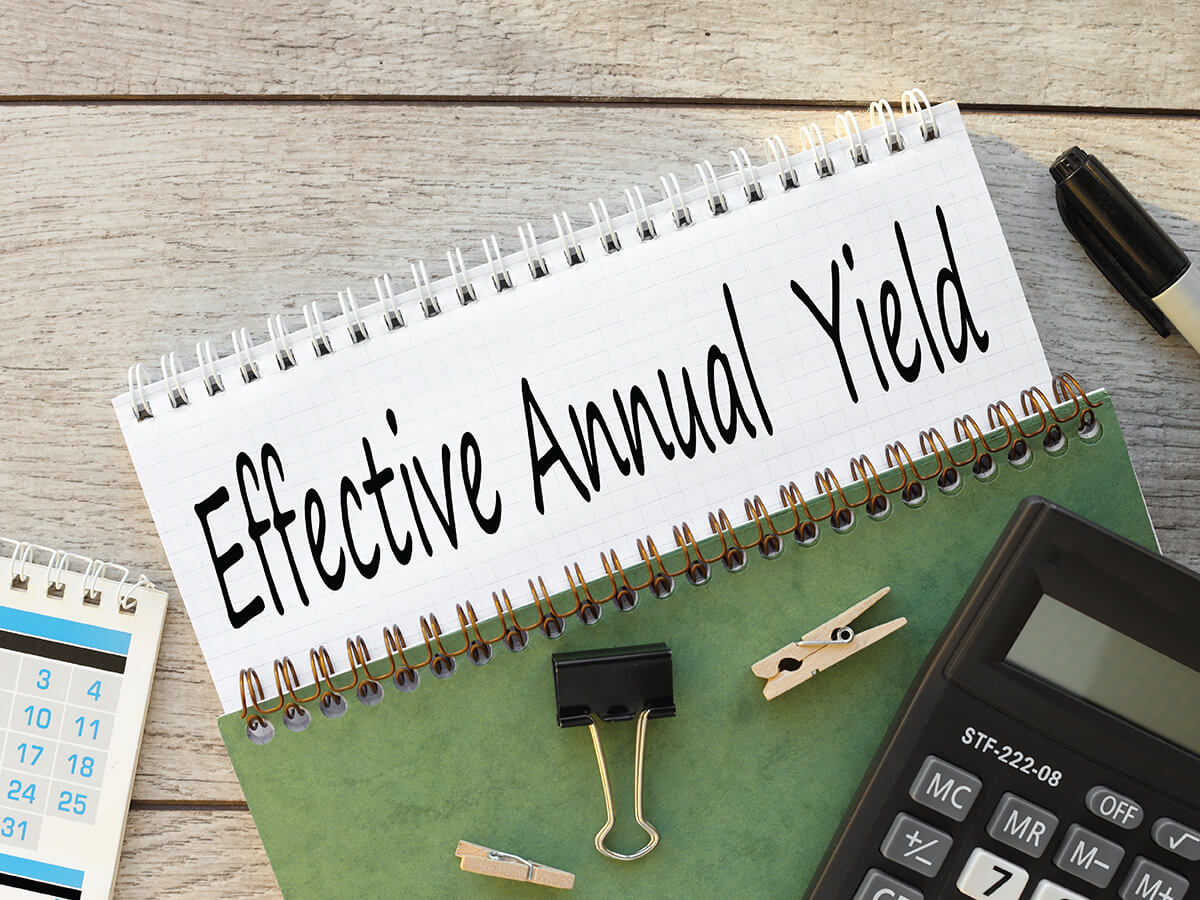When it comes to financial planning, fixed deposits (FDs) have long been a popular choice for Indian investors. Known for their simplicity and low risk, FDs offer a safe avenue for investment. However, to make informed decisions about FD investments, it’s crucial to understand the concept of effective annual yield.
In this comprehensive guide, we will delve into the nuances of annualised yield in fixed deposits. We’ll explain what it is, how it’s calculated, and why it matters for your investment decisions. By the end of this article, you’ll have a clear understanding of how to assess the potential returns on your FD investments.
Factors affecting annualised yield of FDs
The effective annualised yield of an FD is influenced by several factors. Primarily, it depends on the interest rate offered by the issuer. Higher interest rates typically result in a greater annualised yield. It’s important to compare rates from different issuers before making an investment decision.
Another factor that affects annualised yield is the compounding frequency. Compounding refers to the reinvestment of interest earned on your initial investment. The more frequently interest is compounded within a year, the higher your annualised yield will be.
Lastly, the duration of your FD also impacts its annualised yield. Generally, longer tenures lead to higher yields assuming other variables remain constant.
To get an accurate picture of the potential returns on your FD investment, consider using an effective annual yield maturity calculator or formula.
How to calculate the annualised yield of your FD?
While there are various formulas to calculate the annualised yield of an FD, one commonly used effective annual yield formula is the Annual Percentage Yield (APY) formula:
APY = (1+i/N)^N – 1
In this formula:
– “i” represents the interest rate
– “N” represents the number of compounding periods
Alternatively, you can use the following simple calculation to determine the yield on your FD:
Effective Yield on FD = Amount received / Initial amount invested years of investment in the scheme
To illustrate this, let’s consider an example. Suppose you have booked a fixed deposit for 10 years with a compounding interest rate of 8.75%. Based on general calculations, the annualised yield rate would be approximately 13.47%.
Calculating the annualised yield gives you a holistic view of your potential returns over time and enables you to make informed investment decisions.
Understanding the difference: FD yield vs interest rate
It’s important to differentiate between the fixed deposit interest rate and the annualised yield. The interest rate refers to the percentage at which your FD earns interest over its tenure. On the other hand, the annualised yield takes into account not only the interest rate but also factors such as compounding frequency and investment duration.
While the interest rate provides insight into the growth of your investment, it does not reflect your actual earnings. The annualised yield, however, estimates your returns by considering both the interest earnings and their reinvestment over time.
The interest rate remains constant throughout your investment term, while the annualised yield varies depending on factors such as compounding frequency and tenure.
Significance of annualised yield in financial planning
Understanding the concept of effective nnualised yield is crucial for effective financial planning. It allows you to compare different FD options and select those that align with your financial goals. By knowing your expected return, you can set realistic targets and determine how much to invest.
annualised yield also helps in assessing the risk associated with your investment portfolio. By evaluating the returns offered by FDs, you can ensure that they align with your risk tolerance and goals.
Additionally, annualised yield enables you to protect your interest income and plan for future expenses or reinvestment. It allows you to diversify your investments across various asset classes and balance your portfolio effectively.
Additional read: What Is Effective Yield In FD’s
Conclusion
In conclusion, understanding effective annualised yield is essential for making informed decisions about fixed deposit investments. By considering factors such as interest rates, compounding frequency, and investment duration, you can calculate the potential returns on your FDs accurately.
Make use of the effective annual yield formula or effective annual yield calculator to simplify this process. Keep in mind that Mahindra Finance offers a range of fixed deposit options that can help you achieve your financial goals. Consider exploring their offerings and using their resources to make well-informed investment decisions.
With a clear understanding of annualised yield, you can confidently invest in fixed deposit and strengthen your financial future.
FAQs
Q: What is the effective annual yield?
A: The effective annual yield represents the actual interest rate earned on a fixed deposit over a year, considering factors such as compounding frequency and duration of the investment.
Q: How can I calculate the effective annual yield of my FD?
A: You can use formulas such as the Annual Percentage Yield (APY) formula or specific calculations based on the amount received, initial investment, and years of investment to determine the effective annual yield.
Q: Is there an effective annual yield calculator available?
A: Yes, several online FD calculator are available to compute the effective annual yield based on different inputs such as interest rate, compounding frequency, and investment duration.
Q: What is the difference between effective yield on FD and interest rate?
A: The interest rate refers to the percentage at which an FD earns interest, while the effective yield takes into account compounding and reinvestment of interest to estimate the overall returns.
Q: How does effective annual yield impact my financial planning?
A: Effective annual yield helps you assess the potential returns on your FD investments, enabling you to make informed financial decisions, set realistic goals, and diversify your investment portfolio.
























































